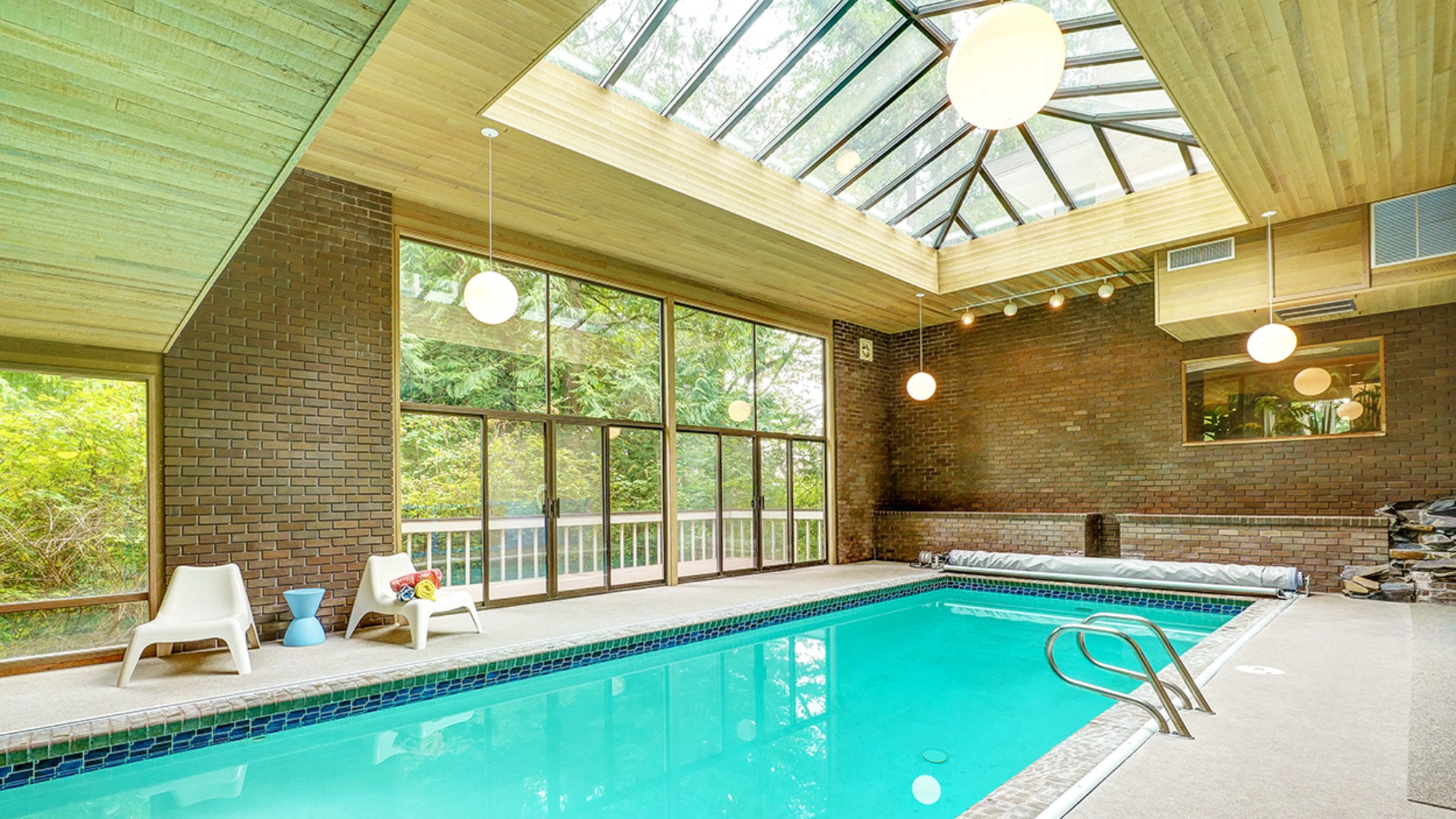Health & Science
Stonehenge: Ancient Lourdes?; An inborn political orientation; How not to die; Why some dreams are sweet; Left out in the cold
Stonehenge: Ancient Lourdes?
The enormous rocks that ancient peoples arrayed in two circles at Stonehenge have spawned a host of theories. Scientists have suggested the mysterious structure was primarily an astronomical observatory, a religious temple, and even a party venue for raucous seasonal feasts. Now, a pair of British researchers is presenting evidence that the site’s creators believed that the inner circle—made from rocks called bluestones—had the power to heal the sick. Archaeologists Timothy Darvill and Geoffrey Wainwright say that bluestones have a long history of being used for healing, and found evidence at the site that visitors often chipped the stones to make amulets. Many of the people buried near Stonehenge, they found, had died young of serious injuries and disease, with two skulls having holes that indicated primitive brain surgery. “People were in a state of distress, if I can put it as politely as that, when they came to the Stonehenge monument,” Darvill says. The researchers then investigated the area in Wales where the bluestones had been quarried before being carried 250 miles to Stonehenge, and found that natural springs there had been dammed to create pools in which the sick could bathe. “Tim and I looked at each other and said, ‘It’s got to be about healing,’” Wainwright tells the Los Angeles Times. Darvill and Wainwright theorize that when Stonehenge was built, around 2400 B.C., it served as an ancient Lourdes where sick and injured people went for a cure. Other archaeologists say the new theory may be true, but that Stonehenge probably served multiple purposes.
An inborn political orientation
The Week
Escape your echo chamber. Get the facts behind the news, plus analysis from multiple perspectives.

Sign up for The Week's Free Newsletters
From our morning news briefing to a weekly Good News Newsletter, get the best of The Week delivered directly to your inbox.
From our morning news briefing to a weekly Good News Newsletter, get the best of The Week delivered directly to your inbox.
The very different way conservatives and liberals view the world isn’t just the product of experience or thought—it’s also the product of biology, says a new study. Researchers at the University of Nebraska surveyed a group of 46 people on their political views, and then exposed them to a series of startling sounds and threatening images, such as a blood-covered face and a maggot-infested wound. People whose views fell on the right side of the spectrum—with expressed support for capital punishment, defense spending, and the Iraq war—had much stronger physiological responses, with greater amounts of sweat and eye-blinking. Liberals—defined by their support for gay marriage, foreign aid, abortion rights, and anti-war views—had more muted fear reactions; they simply didn’t perceive the same level of threat. Researcher John Hibbing tells The Washington Post that the results suggest that people’s political orientation is at least to some extent hard-wired, which is why conservatives and liberals often find each other mystifying. Neither side, he says, is necessarily correct in its interpretation of possible threats. “People are simply experiencing the world differently,” he says.
How not to die
Can you cheat death? Yes, you can, says a new Harvard School of Public Health study of 120,000 people—at least to the extent of adding years or even decades to your life. When the researchers analyzed the health records of these people over 32 years, they found that more than half of the deaths in this group could have been prevented through healthier lifestyle choices, such as exercising regularly, not smoking, not drinking to excess, and eating properly to avoid major weight gain. The study found that 44 percent of the deaths from cancer were avoidable, as were a whopping 72 percent of the cardiovascular fatalities. Even tiny changes, like walking for half an hour every day, quitting smoking, or eating more vegetables and less fat, can significantly reduce one’s risk of cancer and heart disease. Extending one’s life, Harvard’s researchers say, is literally a matter of will.
Why some dreams are sweet
A free daily email with the biggest news stories of the day – and the best features from TheWeek.com
If you want happy dreams, put flowers at your bedside every night. German researcher Boris Stuck performed a smell-exposure test on 15 sleeping people. Once they’d reached their deepest stage of REM sleep, he bathed them in strong smells of either roses or rotten eggs for 10 seconds. He then roused them to ask what they’d been dreaming about. All of the people who’d smelled roses reported pleasant dreams, while most of those who had smelled rotten eggs said they’d been in the midst of a nightmare. Smell, Stuck tells New Scientist, directly affects the “emotional coloration” of one’s dream world.
Left out in the cold
The “icy stare” and the “cold shoulder” aren’t just metaphors for social rejection. When you’re excluded, new Canadian research shows, your body actually feels cold. People asked to recall intense experiences of being left out, researchers found, often remember the room in which that experience took place as being colder than normal. The researchers tested this by arranging for a group of students to be repeatedly ignored during a game, and then giving them a choice of cold soda or hot treats like coffee and soup. Having been frozen out, the students craved warming beverages. Clearly, our feelings affect our physical experience of the world, psychologist John Bargh tells The New York Times. “What is exciting about this,” he says, “is that even our abstract thoughts are grounded in these more physical, concrete experiences.”
-
 Why X faces UK ban over Grok deepfake nudes
Why X faces UK ban over Grok deepfake nudesThe Explainer Ofcom is investigating whether Elon Musk’s AI chatbot breached Online Safety Act
-
 The ‘eclipse of the century’ is coming in 2027
The ‘eclipse of the century’ is coming in 2027Under the radar It will last for over 6 minutes
-
 Striking homes with indoor pools
Striking homes with indoor poolsFeature Featuring a Queen Anne mansion near Chicago and mid-century modern masterpiece in Washington